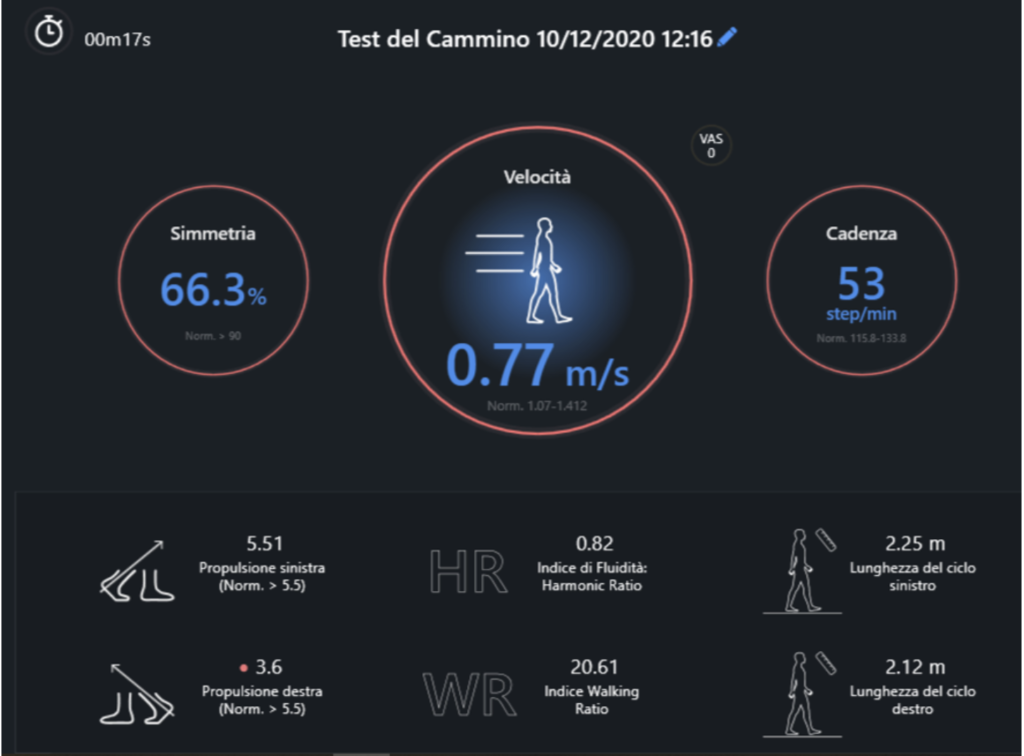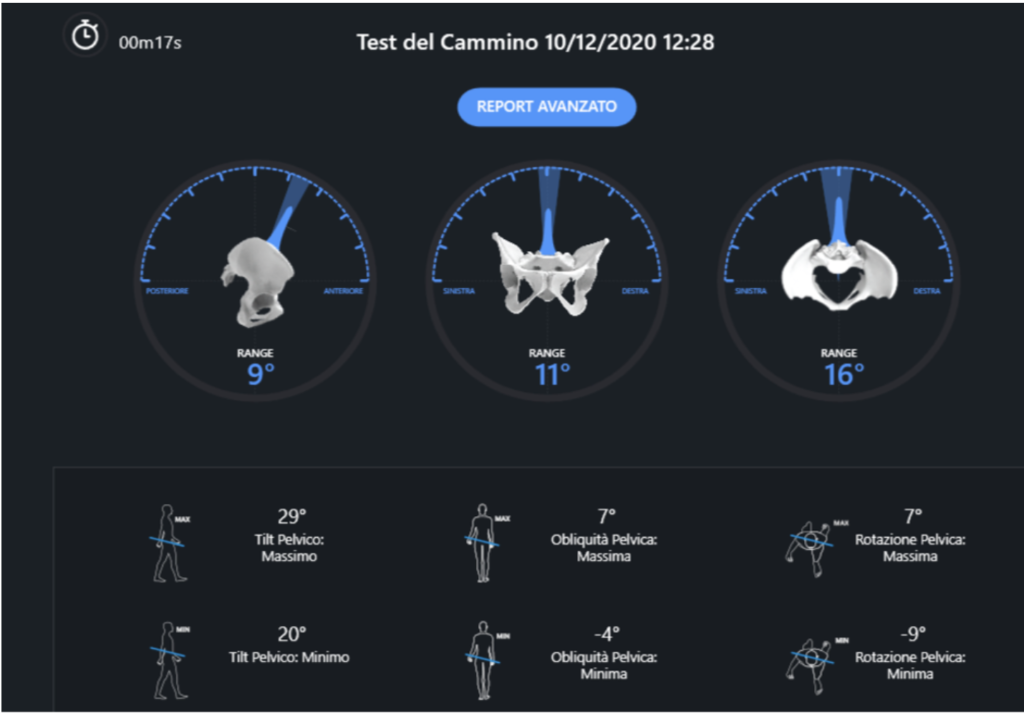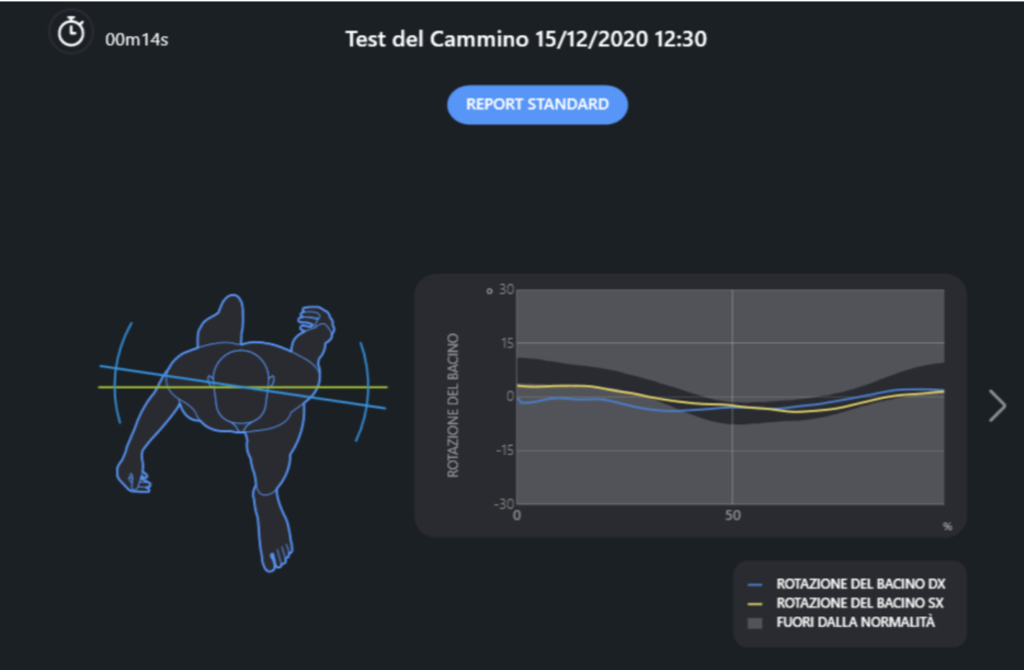Author: Doctor Felice Picariello
Clinical Model
The term “psychomotor” refers to the connections made between mental and neuromuscular functions. Psychomotor disability occurs when there is a break between these connections. It affects the way a person moves, talks, and performs other activities. Psychomotor retardation is the most important disorder in depressive states.

Patient profile
5 female patients, aged between 25 and 45, in residential and semi-residential hospitalization, selected on the basis of criteria of autonomy, collaboration, and availability. The selection model concerns, in particular, the administration of the TINETTI BALANCE AND GAIT SCALE, the subjects analyzed were placed in a score ranging from 14 to 28.
Symptomatic features
All patients reported no pain symptoms but postural instability with static and dynamic balance disorders. Difficulty walking and motor coordination.
Physical-clinical examination
- Roomberg test
- Fukuda test
- De Cyon test
- Autet test
Recommended instrumental tests:
Stabilometry
Test with baiobit ™
Balance test with detection at 30 seconds bi-breech open/closed eyes
Walk test: Tilt, Obliquity, Rotation
Trunk test: Flexion, rotation, lateralization
Etiology
None of the 5 patients is affected by pathology affecting the vestibular system but the common symptomatological picture is probably to be referred to a condition of neuro-postural instability on a psychomotor and psychosomatic basis.
Treatment
Rehabilitation functional neurology sessions with vestibular stimulation:
Compensation, Adaptation, Habituation, Substitution
Rehabilitation Strategies for Nystagmus
Rehabilitation Strategies for Saccades
Rehabilitation Strategies for Convergence
Rehabilitation Strategies for Optokinetic Nystagmus
Exercises with baiobit ™:
Cervical Joint Position Sense
Static and dynamic balance exercises
Results
Although the first clinical and data processing acquisitions show encouraging and reassuring perspectives regarding vestibular dysfunction and ambulatory disorder, it is not yet possible to provide statistical data or clinical conclusions. To date, patients show good compliance with treatment with the use of baiobit ™ technology.
References
Lewis C. Balance, Gait Test Proves Simple Yet Useful. T. Bulletin, 1993; 2/10: 9 & 40 Tinetti ME. Performance-oriented Assessment of Mobility Problems in Elderly Patients. JAGS 1986; 34: 119-126
Carrick FR, Clark JF, Pagnacco G, Antonucci MM, Hankir A, Zaman R, Oggero E.Front. Head-Eye Vestibular Motion Therapy Affects the Mental and Physical Health of Severe Chronic Postconcussion Patients Neurol. 2017 Aug 22; 8: 414. doi: 10.3389 / fneur.2017.00414. eCollection 2017
Balance test (2 cases)
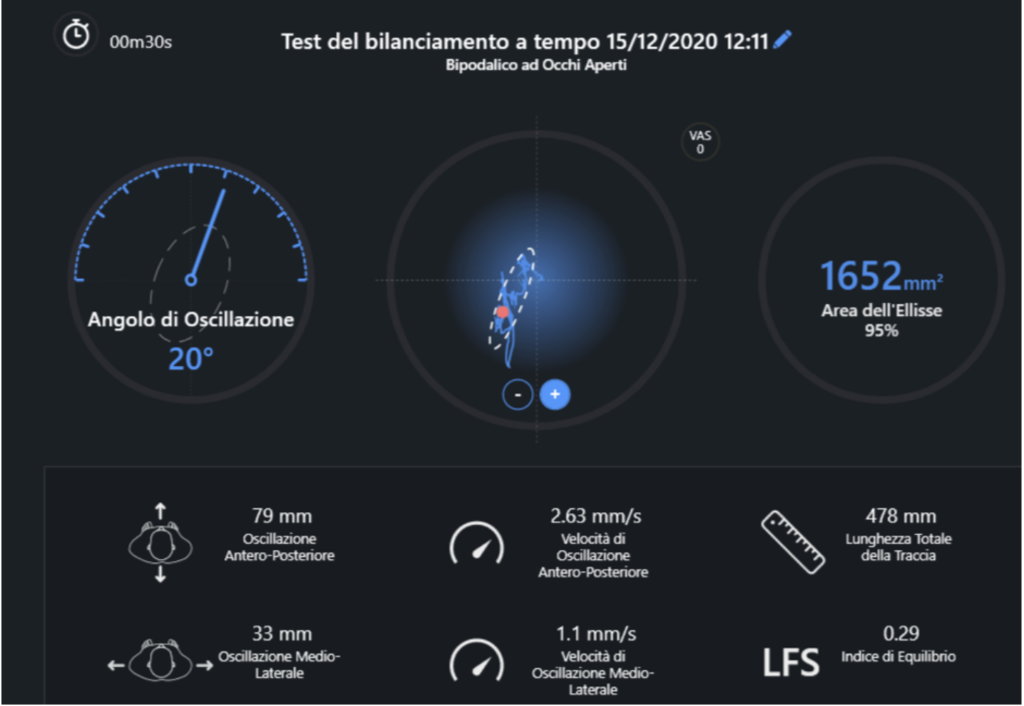
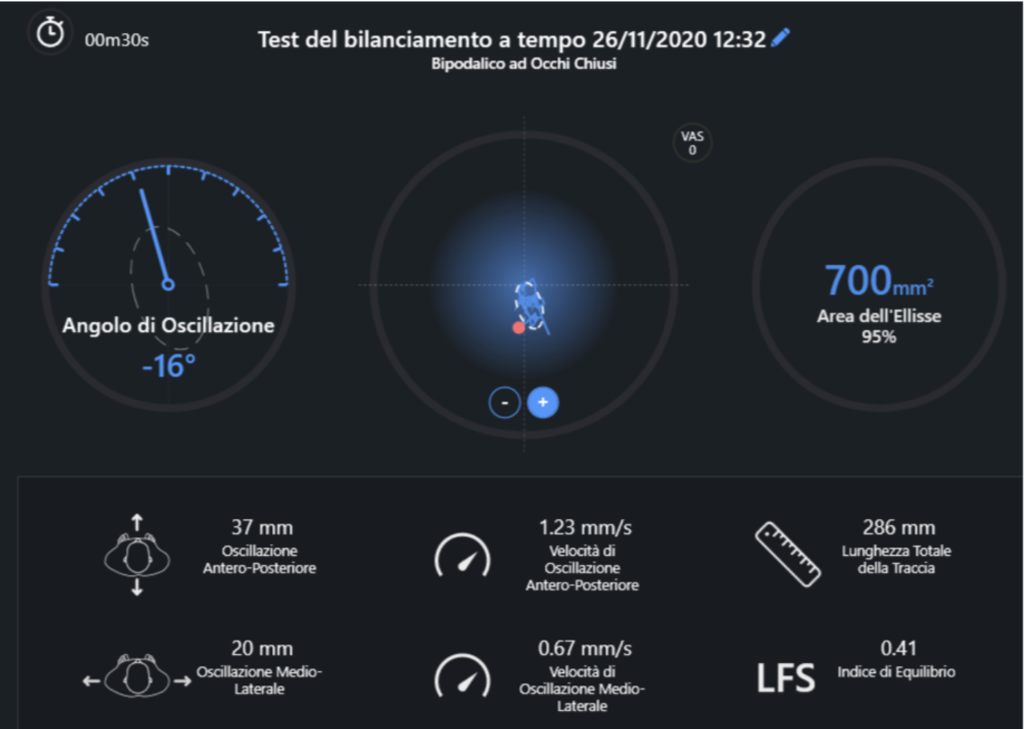
Movement analysis in patients with psychomotor disabilities in residential and semi-residential nursing homes with static and dynamic balance disorders-test-balance-baiobit
Walk test
